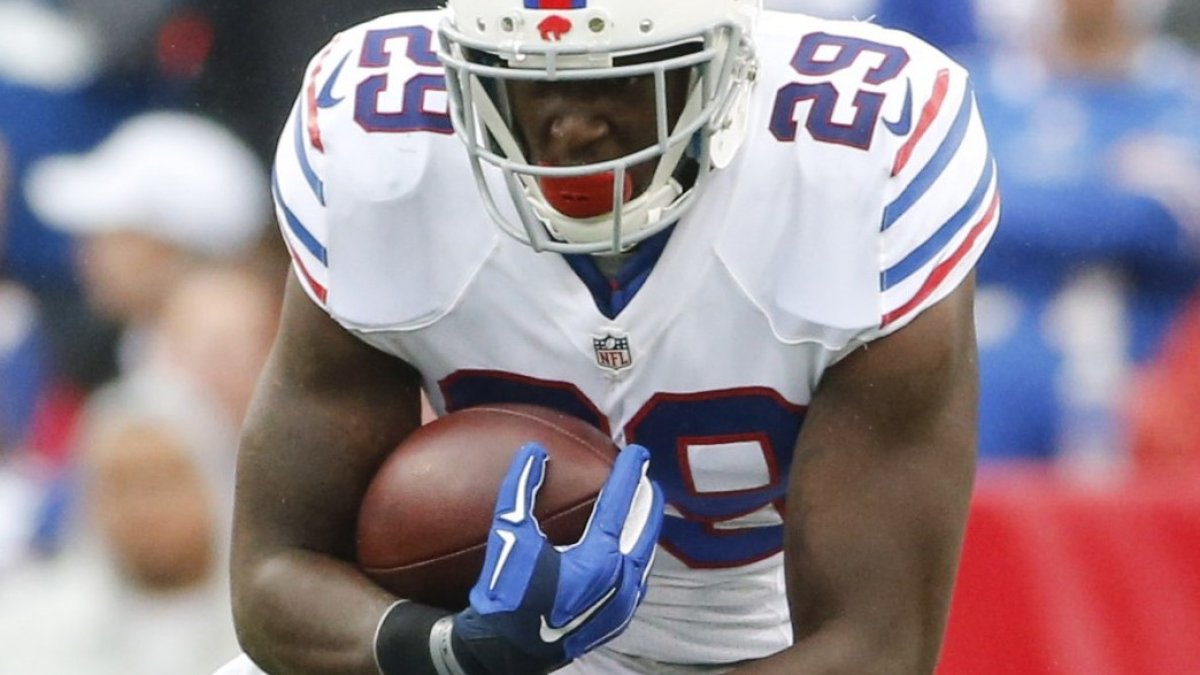This week, I’d like to focus on running back handcuffs.
As you get closer to the playoffs, this will be the one position that can make or break you with an injury, an unexpected job-share or a change in offensive philosophy. But as owners, we oftentimes only think about their own handcuffs and fail to pick up a backup running back who is one step away from being a difference-maker in the playoffs.
But the challenge for fantasy owners is exactly which back to own? Owning your own handcuff is critical as we get closer to the playoffs but what about other high-upside runners? Is it better to have Jerick McKinnon or Jonas Gray? Is it better to roster a veteran like Reggie Bush or his rookie teammate Mike Davis?
The first port of call should be the Tamme Index. You can learn more about it here, but the gist of it is to determine which backups would replace the incumbent first and what level of production we could expect from them should such a situation arise.
Cutting up the Tamme Index for running backs by fantasy value gives us a nice set of tiers to analyze further. But there’s more to the story, so I’ve added some key stats to help complete the story. The quality of the offensive line, reliance on the run game and talent level of the backup are all important factors. The relevant categories are:
Overall Rating: the cumulative performance rating inlcuding run, pass, block and penalty rating. By using overall rating we get a feel for how much the backup could be trusted in all facets of being a lead rusher.
Run Block Rating: the run block rating of the team’s offensive line. This rating gives us an indication of how much support the backup with will get from his line.
%Runs: the percentage of the team’s rush attempts the incumbent is projected to receive in 2015. This gives an indication of how much the lead rusher gets of the entire rush attempts. Teams with a higher percentage suggest that the backup would see a lot of carries if the first option goes down. Teams with a low percentage use a committee approach, so an injury would thin out the committee and thus increase the reliance on the new starting back.
Rush Attempts per Game: thanks to teamrankings.com, this gives an indication of how likely a team is to lean on the run. Take this one with a grain of salt, as the loss of a top running back could shift the game plan to a more pass oriented one.
Dynasty Rank: this is just one piece of the larger picture, but it can give us some indication of the long-term value of a player. Long-term value suggests talent and sometimes talent will rise up before we think. Of course, dynasty ranking also factors in future opportunity and situation, so it's not a perfect indication of current talent level. Another grain of salt instance.
Note also that anyone who wasn’t given a dynasty ranking is given the number 108.
With these in mind, let’s look at the Tamme Index tiers and focus in on some of the more noteworthy players.

DOMINATE FANTASY FOOTBALL & BETTING WITH AI-POWERED DATA & TOOLS TRUSTED BY ALL 32
 Unlimited Fantasy League Sync
Unlimited Fantasy League Sync
 Fantasy Start/Sit Line-Up Optimizer & Waiver Wire
Fantasy Start/Sit Line-Up Optimizer & Waiver Wire
 WR-CB & OL-DL Matchups, PFF Player Grades, & Premium Stats 2.0 Tools
WR-CB & OL-DL Matchups, PFF Player Grades, & Premium Stats 2.0 Tools
 Nathan Jahnkes Rankings - #1 Most Accurate Last 70 Weeks
Nathan Jahnkes Rankings - #1 Most Accurate Last 70 Weeks
 PFF Best Bets, Player Props, & Power Ranking Tools
PFF Best Bets, Player Props, & Power Ranking Tools
 NFL Mock Draft Sim with Trades & Draft Grades
NFL Mock Draft Sim with Trades & Draft Grades
Already have a subscription? Log In


 © 2024 PFF - all rights reserved.
© 2024 PFF - all rights reserved.